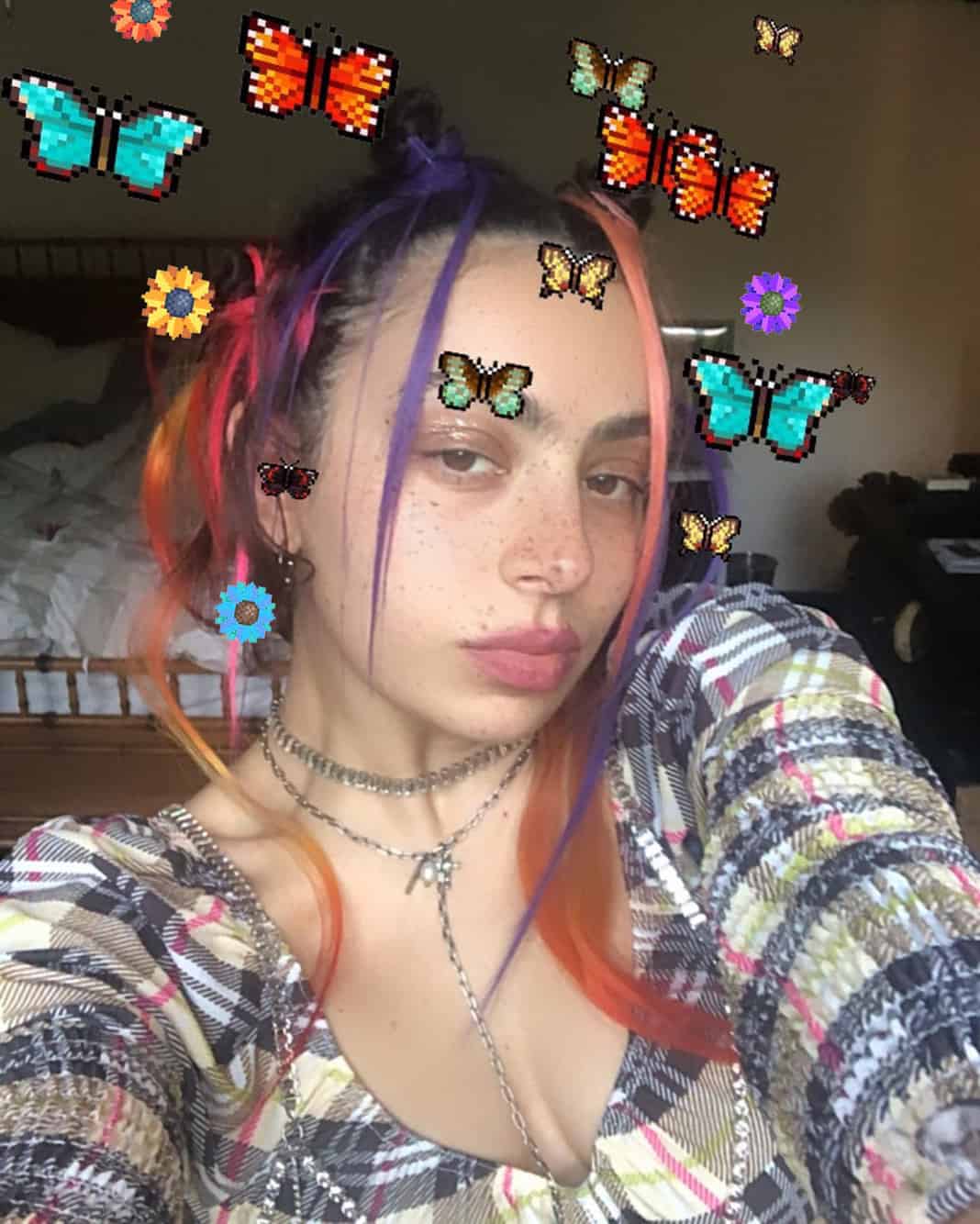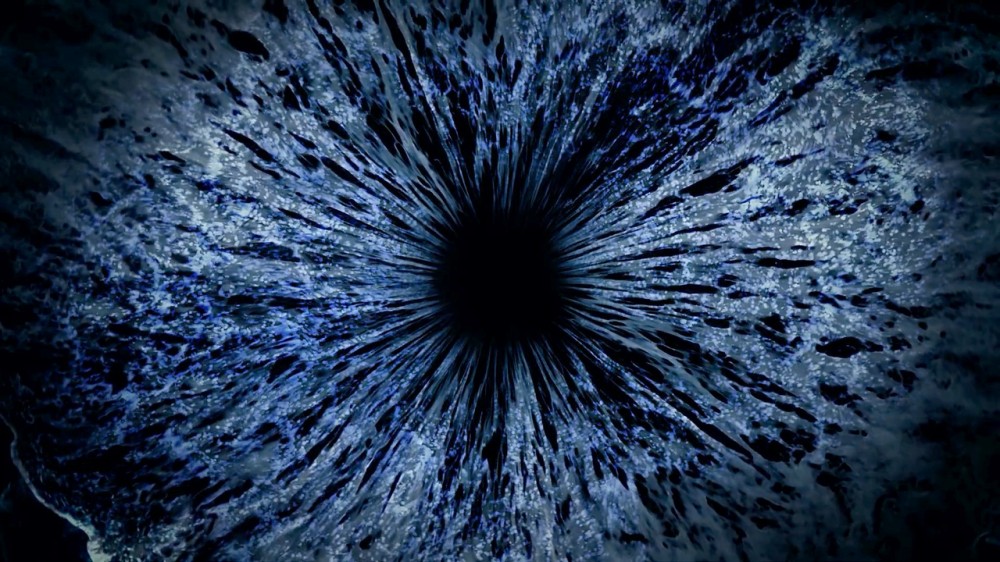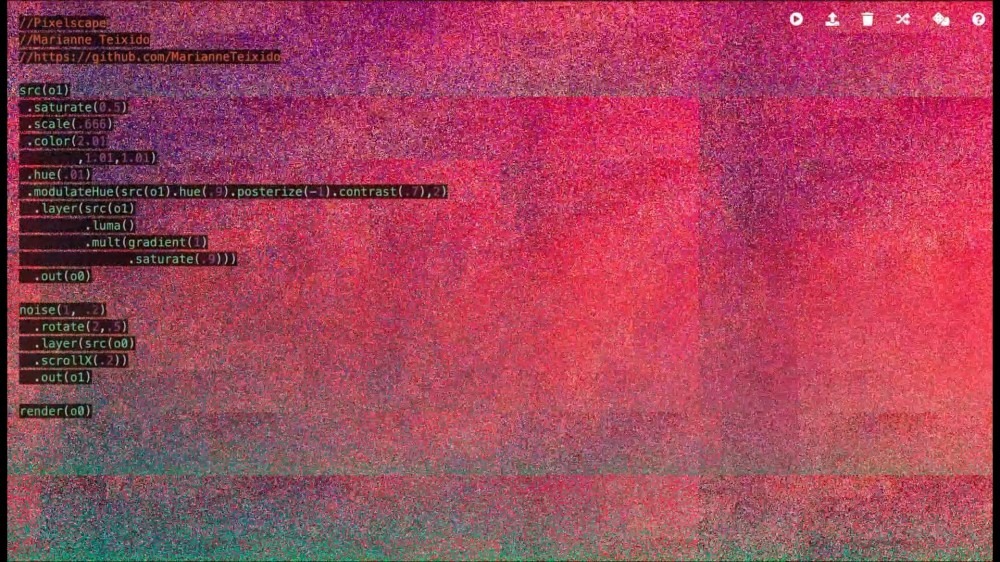
Vladislav Delay, Eivind Aarset and AGF give generative shape to dread noise with creative coder Olivia Jack’s open source video synthesizer, Hydra
To accompany Vladislav Delay and Eivind Aarset’s collaborative track, ‘Single 22’, audiovisual artist AGF used Hydra, an open source, browser based video synthesizer to create live coded generative visuals.
As Room40’s Lawrence English notes, it’s little wonder that Sasu Ripatti and Eivind Aarset found each other eventually. Both artists have challenged the precepts of their respective musical fields, Ripatti over the course of his genre-defining career as Vladislav Delay and Aarset with his relentless efforts wringing every tone, shade and mood of sound from the guitar, an approach that has lead to essential collaborations with innovators such as Jon Hassell and David Sylvian. Together, as Delay/Aarset, the artists probe further past the frontiers of improvisational sound, folding immense slabs of radioactive feedback and low end weight over transcendent electronics and void drones. Like echolocating alien monoliths in pitch-black depths, their compositions gain shape through the cumulative pressure and steady energy pulse of experimental sonic excursions, transmissions sent outwards to be enveloped back into an ever expanding texture, flickering in and out of focus. This is sound that defies description, music that has to be felt, a quality that belies the visceral practice of each of these artists. It makes sense, then, that Ripatti’s partner and frequent collaborator Antye Greie, the audiovisual artist AGF, would seek an equally elusive visual system to accompany ‘Single 22,’ a highlight from Delay and Aarset’s collaborative album for Room40, Singles.
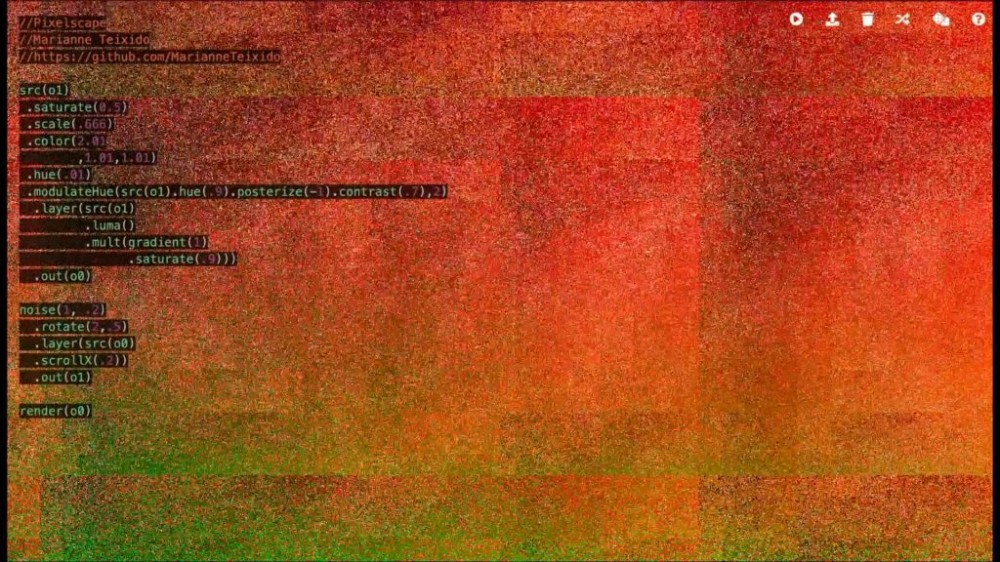
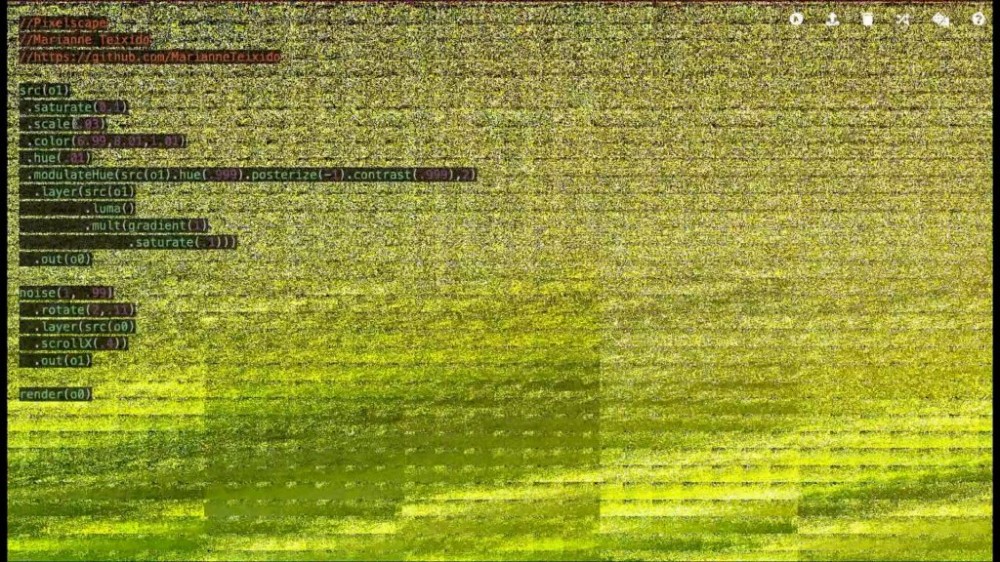
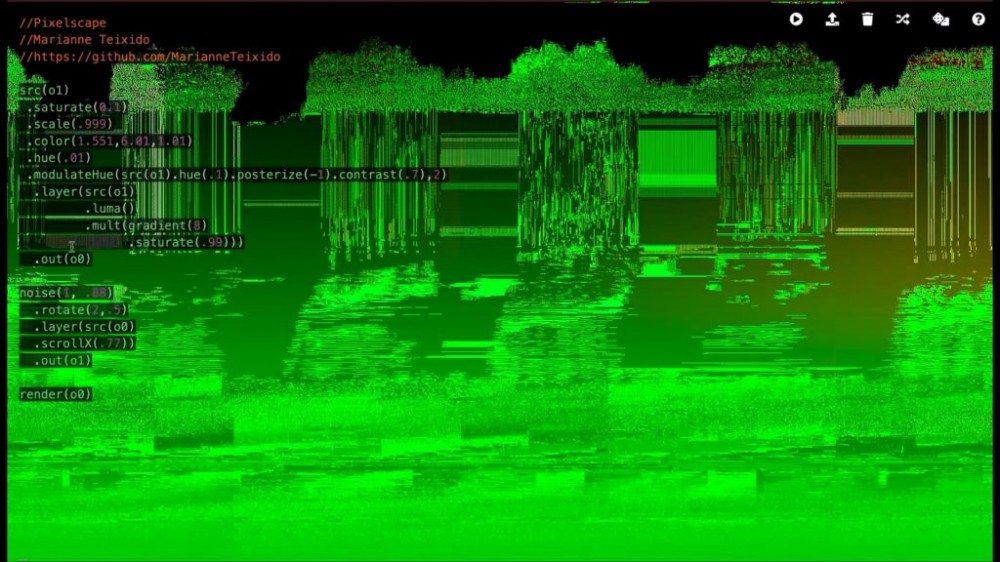
“I took part in a workshop during the pandemic led by Olivia Jack demonstrating her Hydra project to us online and it was so fun,” explains AGF. “I adore the generous browser based concept, the accessibility and the math translation into colors and movement. I find the live coding community wonderful, a true community, not what is today used to market business. I thought I’d try my first piece based on a sketch. To me the value is accessibility, post aesthetics” Combining the results of a research practice which explores the aesthetics of distributed networks, feedback, collaboration and chaos, Hydra is an open source, browser-based platform for live coding visuals. Built with the express purpose of enabling real time, online peer-to-peer collaboration and inspired by analog modular synthesis, Hydra allows connected browsers, devices and people to output a video signal or stream and to receive and modify streams from other browser, devices and people. Multiple visual sources, including oscillators, cameras, application windows and other connected windows, can be transformed, modulated, and composited via combining sequences of functions. The code for these functions is displayed on screen, the open source nature of the code projected outwards from the browser window.
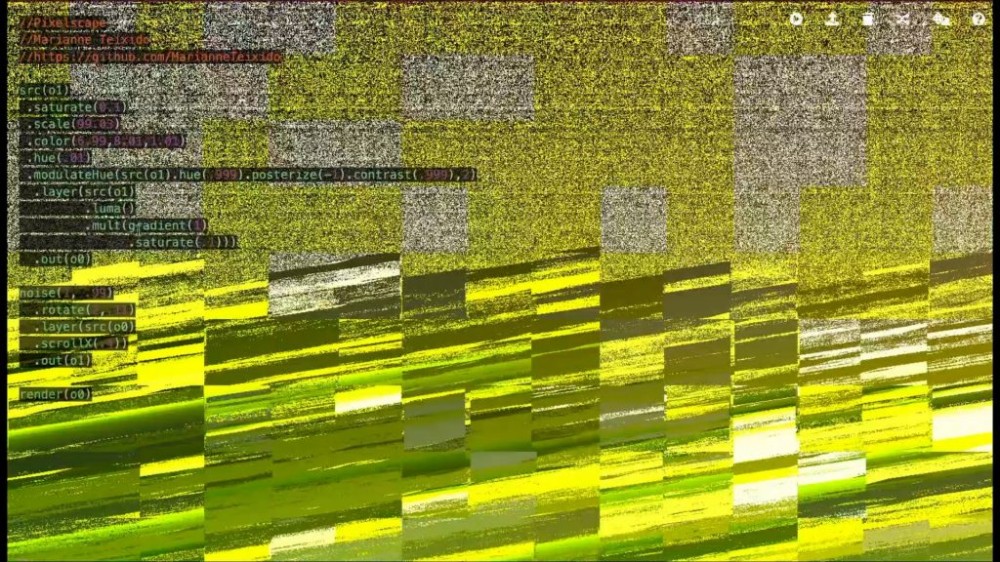
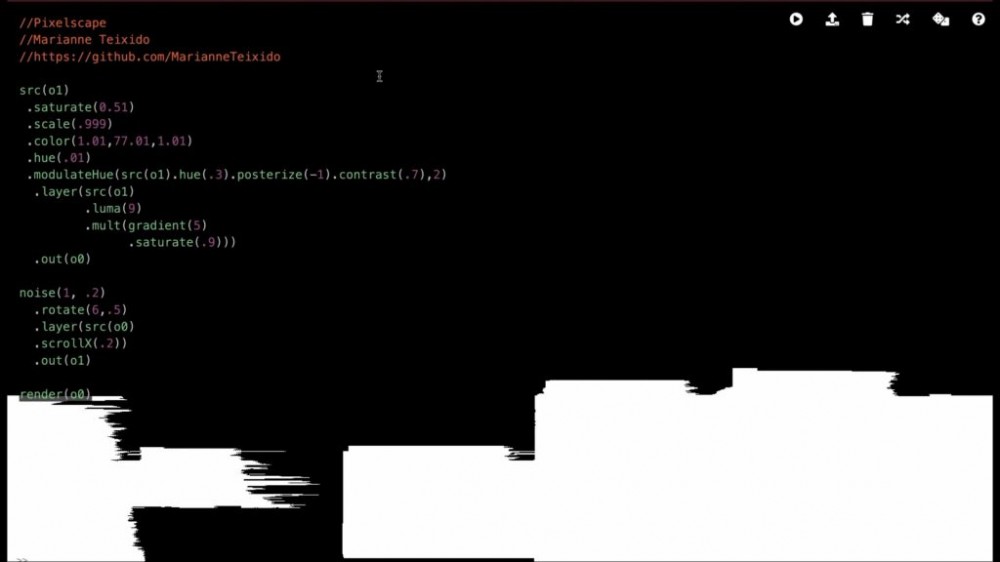
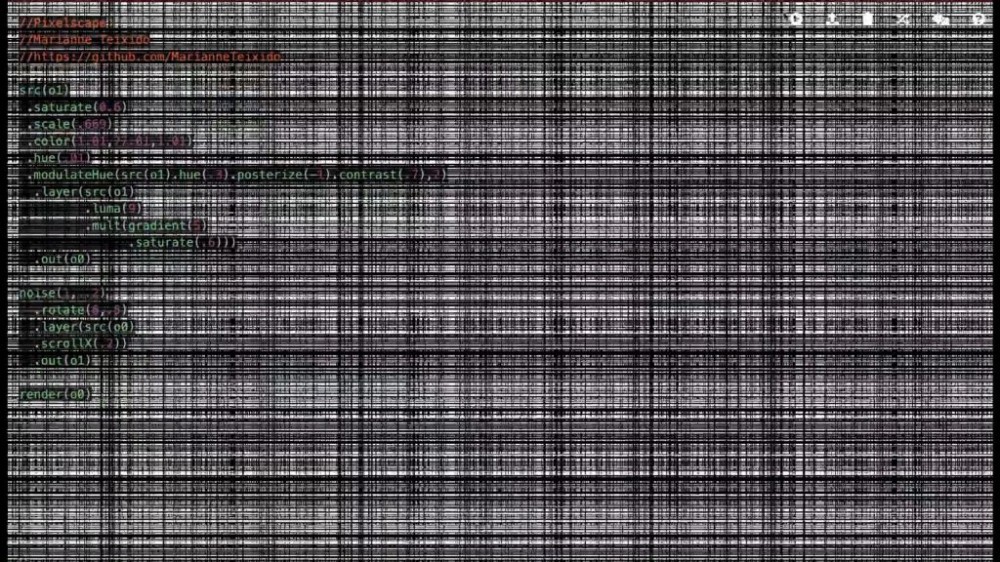
Developed out of the notion of using a modular synthesizer as a model of understanding the web, Hydra reconfigures the web page as a site for performance, recoding the browser window through which the page is presented as a distributed stage that can be shared by everyone using Hydra to connect into the performative network. “Rather than think about a webpage as a ‘page’, ‘site’, or ‘place’ that you can ‘go’ to, what if we think about it as a flow of information where you can configure connections in real time?” Jack asked in a 2019 interview in CDM. “I like the browser as a place to share creative ideas – anyone can load it without having to go to a gallery or install something.” By converting the browser page into one node of a generative feedback loop, Jack creates a non-hierarchical, distributed space of collaboration, in which every node influences and interprets every other. It’s this non-hierarchical model that Hydra cribs its name, a reference to the distributed nervous systems of hydra organisms. Just as AGF is drawn to the accesible, post aesthetic process of using Hydra, so too do Delay and Aarset’s respective sounds ebb and flow into each other throughout Singles, engulfed in a collaborative system of feedback. The dread noise of ‘Single 22’ is given shape through Olivia Jack’s code, jagged glaciers of glitch and shredded pixels guided in and out of existence by AGF, Delay and Aarset’s indefinable textures made manifest in intangible mathematic shape.
‘Single 22’ is taken from Singles, which arrives on Room40 on July 8. You can find AGF and Olivia Jack on Instagram.

